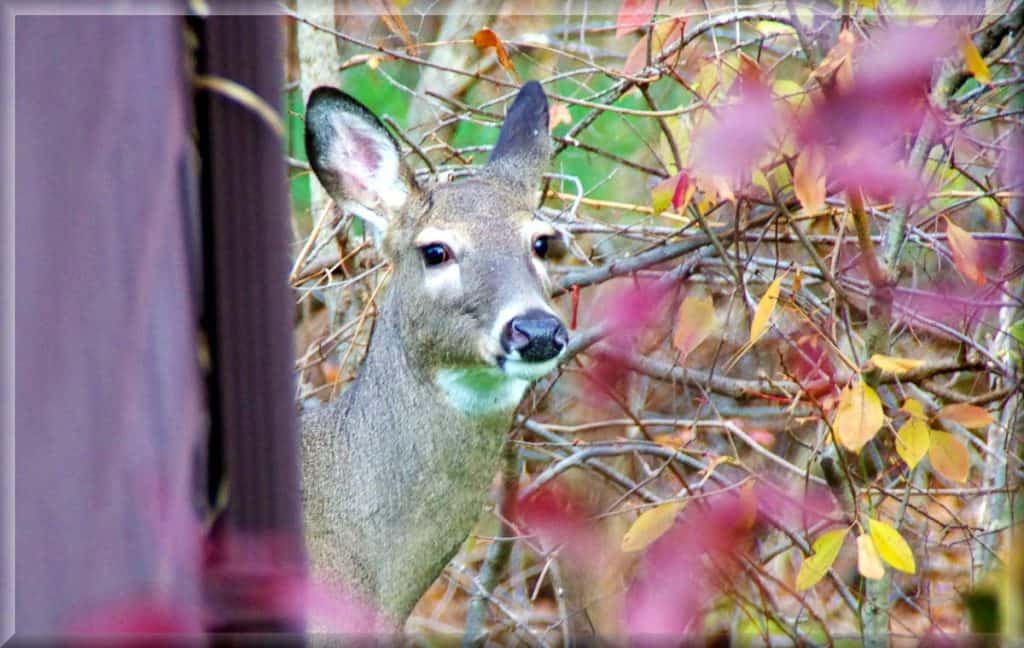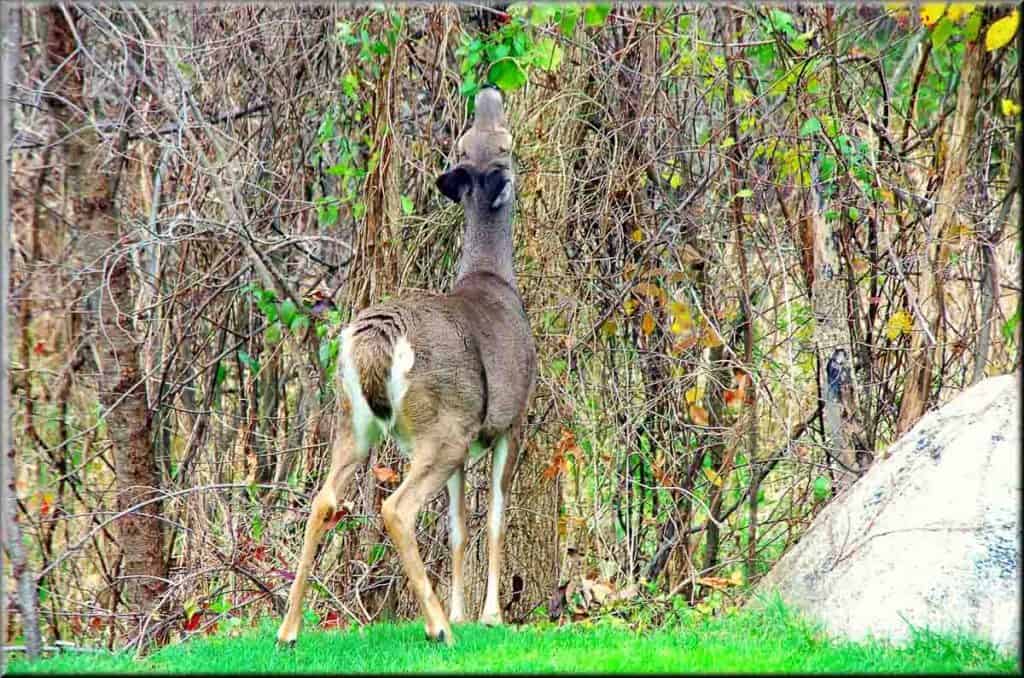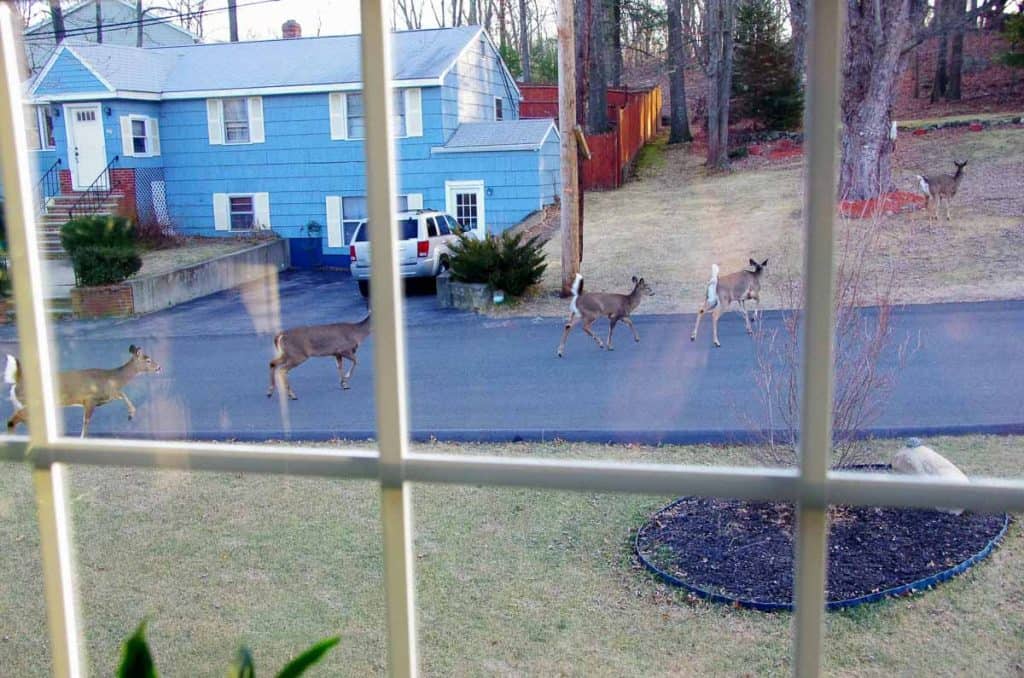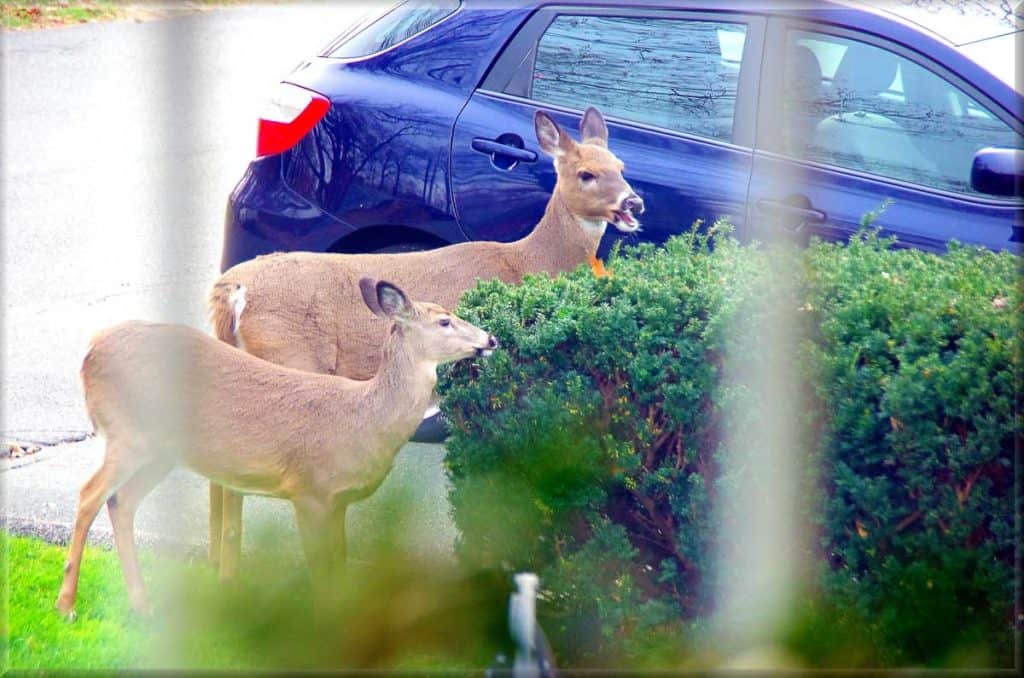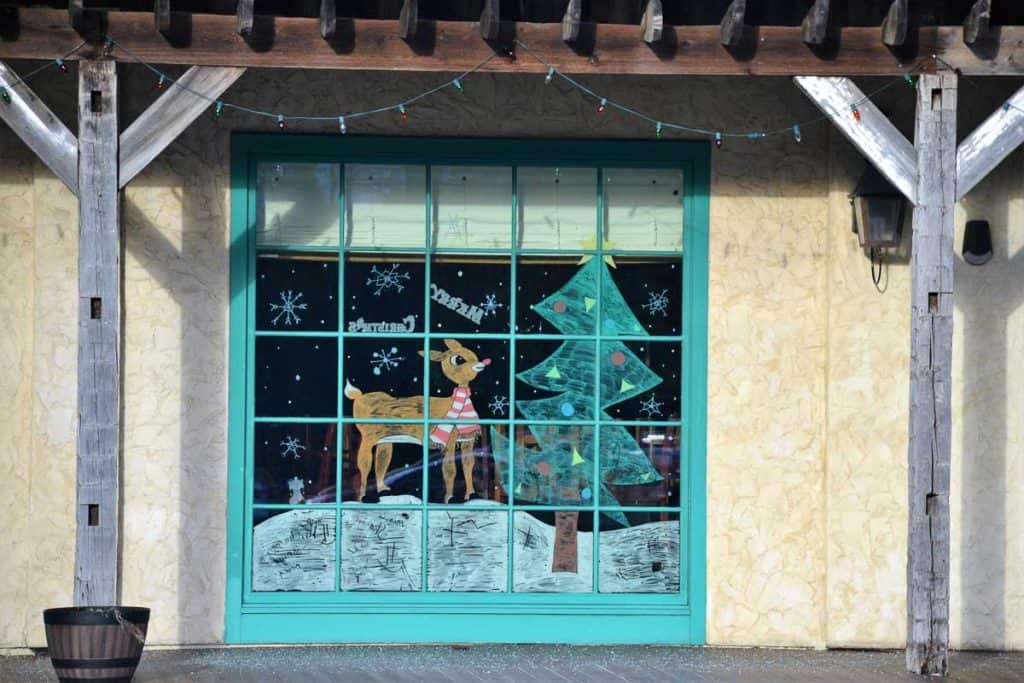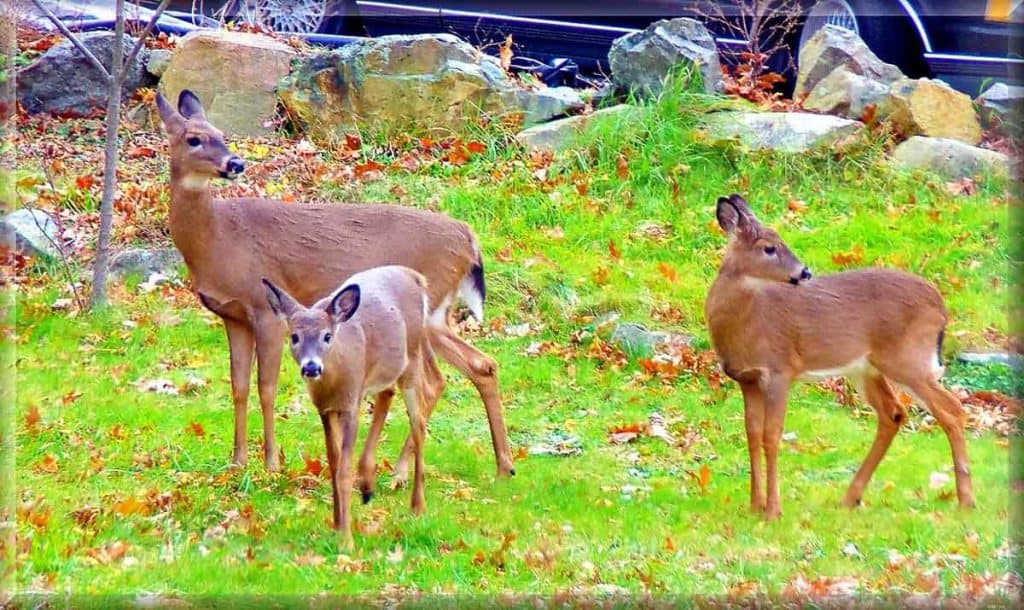Here’s what’s blooming in town this week to make your walks more enjoyable
Many people are looking forward to tomorrow’s First Day Hike at Breakheart. It is a very nice way to celebrate the New Year and enjoy the wild beauty of Saugus at the same time. Breakheart Reservation’s Brett Power says, “It is a great opportunity for people who don’t usually get to hike. There are two routes on the wide paved walkways – a two-mile route and a three-mile route.” My family has enjoyed the First Day Hikes for several years. Breakheart’s First Day Hike starts at 10. The hike is a great way to exercise (remember those New Year’s Resolutions!), socialize safely outdoors and enjoy fresh air and nature. This year’s weather predictions are for milder temperatures on Saturday than those we have been getting, so we may not have to bundle up as much to enjoy the day, and there is likely to be less ice than in the past couple of years.
There may be fewer flowers in bloom outdoors in the winter season than at other times of year, but there is still plenty of nature to enjoy. Some kinds of wildlife are more visible in the winter. We may also see some tracks in the fresh snow. Brett Power says there are definitely deer which pass through Breakheart, looking for food as they may travel between Middlesex Fells and Lynn Woods. Some other winters I’ve seen deer tracks near the Saugus River Trail. Occasionally there are deer crossing Appleton Street, and I’ve seen them a few times near Prankers Pond and in Lynn Woods. Elsewhere in Saugus, deer may be frequent visitors.
Charles Zapolski has seen them fairly often, and not only in the winter. Several of his photos above were taken when he was inside his house. “When I was sitting by the front window at my computer the deer come up from the backyard and make their way across the street. I have wetlands on 2 sides of my property that many of nature’s creatures like.”
Reindeer (Rangifer tarandus) are a deer species that live in very cold areas of the world, particularly Europe and Asia, and their natural range actually comes pretty close to the North Pole. What are called reindeer in Europe are the same species as what we call caribou in North America. Our deer here are white-tailed deer (Odocoileus virginianus), which distinguishes them from related deer species which live in western parts of the country. The large red deer (Cervus elaphus) is common in Scotland, but also native to other parts of the UK and Europe. Sambar deer (Rusa unicolor) occupy India and southeast Asia.
Since 1983, the white-tailed deer has been the state animal of New Hampshire. It is the most common deer in the eastern United States, and its range extends from Canada down into parts of South America. Male deer grow antlers in spring, but lose them in the fall, so during the winter none of the deer we see here will have antlers.
Deer are herbivores and depending on food availability they may come quite close to homes in search of food. Earlier this month one managed to enter a store in Amesbury! During snowy winters, they are most likely to come into our yards and gardens to nibble on twigs of trees and shrubs. Yews (Taxus spp.) and eastern arborvitae (Thuja occidentalis) are popular deer food. Western arborvitae (Thuja plicata) is much less palatable and is a good choice for landscaping where deer are plentiful. In summer there is quite a bit of available food in fields and woods, but certain plants like hosta (Hosta spp.) are especially appealing and deer may go out of their way to seek these plants. Deer and rabbit repellents can help protect the garden, but many people don’t mind a little damage to help the animals survive the winter.
Editor’s Note: Laura Eisener is a landscape design consultant who helps homeowners with landscape design, plant selection and placement of trees and shrubs, as well as perennials. She is a member of the Saugus Garden Club and offered to write a series of articles about “what’s blooming in town” shortly after the outbreak of the COVID-19 pandemic. She was inspired after seeing so many people taking up walking
